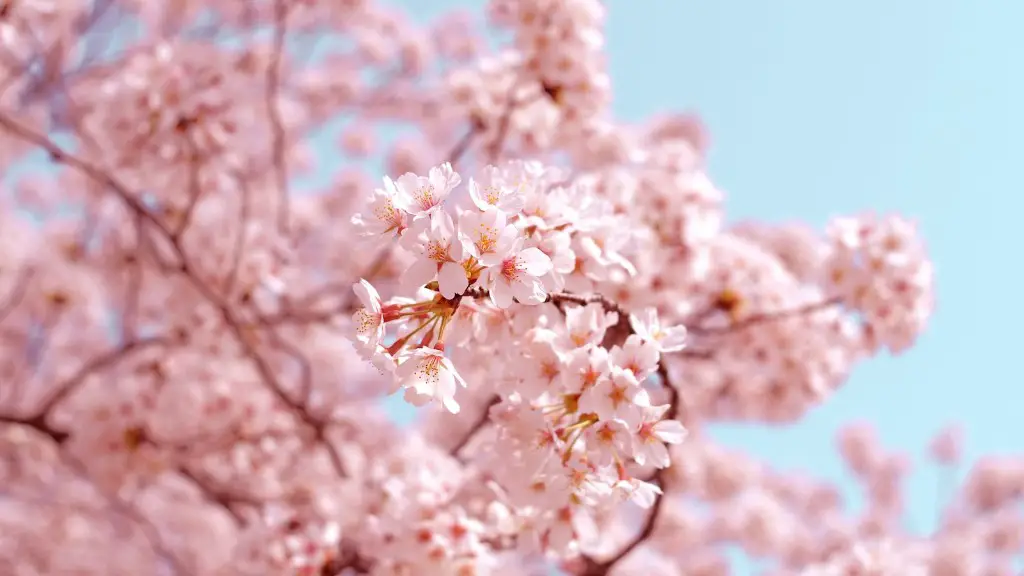How To Prune A New Cherry Tree
Cherry trees are a wonderful addition to any garden as they are both beautiful and productive. However, when it comes to pruning a new cherry tree, many gardeners find themselves a little unsure. Pruning a new cherry tree is an important part of its growth and health, so it is important to understand the process properly. The following is a guide to help you understand how to prune a new cherry tree.
Steps to Pruning a New Cherry Tree
When it comes to pruning a new cherry tree, there are several steps that must be taken in order to ensure that the tree grows and produces healthy fruit. To ensure success, it is crucial to begin pruning early before the tree gets too large, and to correctly identify which branches need to be pruned. Here are the 5 steps to follow:
- Inspect the tree during winter or early spring and identify the shoots that need to be pruned.
- Ensure that all tools are clean and sharpened before beginning the pruning process.
- Start by pruning off any weak and diseased shoots. This will help to reduce the chance of infection or infection of nearby trees.
- Prune off any shoots that are growing in a specific direction, at an angle, or that are crossing over each other.
- Finally, prune off any shoots that are more than 50% of the tree’s height.
Benefits of Pruning
Pruning a new cherry tree comes with many benefits. It helps to improve light penetration and air circulation, which in turn encourages the tree to produce healthier and bigger fruit. Pruning also helps to remove weak, diseased, and dead branches; encouraging new and more healthy growth. Additionally, pruning a new cherry tree allows for better management of the tree such as controlling the height and shape of the tree. Finally, pruning a new cherry tree reduces the risk of disease and pest infestations.
Pruning Tips
When it comes to pruning a new cherry tree, it is important to know a few tips and tricks. Firstly, gardeners should prune only the shoots that are more than 50% of the tree’s total height. Additionally, gardeners should not prune more than 20-25% of the tree’s total volume at once. Finally, gardeners should ensure that all tools are clean and sharpened before beginning the pruning process.
Types of Pruning
When it comes to pruning a new cherry tree, there are two main types of pruning. These two types of pruning are formative pruning and maintenance pruning. Formative pruning is the kind of pruning used to shape and control the tree’s shape and size. This is the kind of pruning used in the first few years of a tree’s life. Maintenance pruning, on the other hand, is the kind of pruning used to tidy up the tree, such as removing dead or diseased branches. This is normally done every year or every other year.
Dangers of Pruning
Pruning a new cherry tree does come with some inherent risks and dangers. Firstly, it is important to ensure that all tools are clean and sharpened in order to reduce the risk of infection or infection of nearby trees. Additionally, gardeners should identify all shoots that need to be pruned and only prune up to 20-25% of the total volume at once, as pruning too much can shock the tree and kill it. Finally, it is important to note that pruning a new cherry tree too early can reduce its yield in the long run.
Conclusion
Pruning a new cherry tree is an important part of its growth and health, but it can be tricky to understand the process properly. By understanding the steps to pruning, the benefits and risks, as well as the two types of pruning, gardeners can ensure that their cherry tree is healthy and productive for many years to come. With this guide, and some practice, pruning a new cherry tree will be a breeze.

